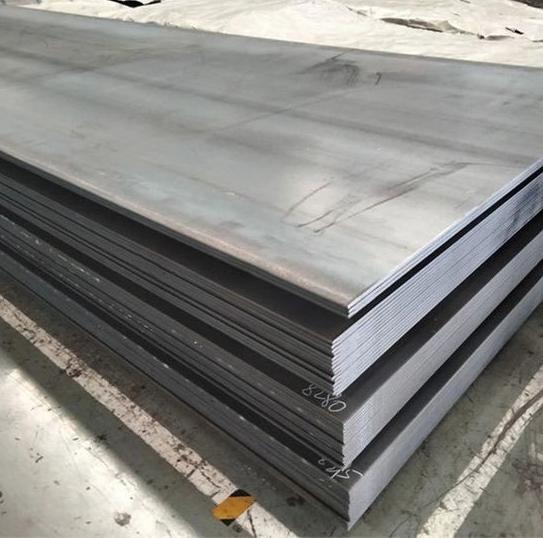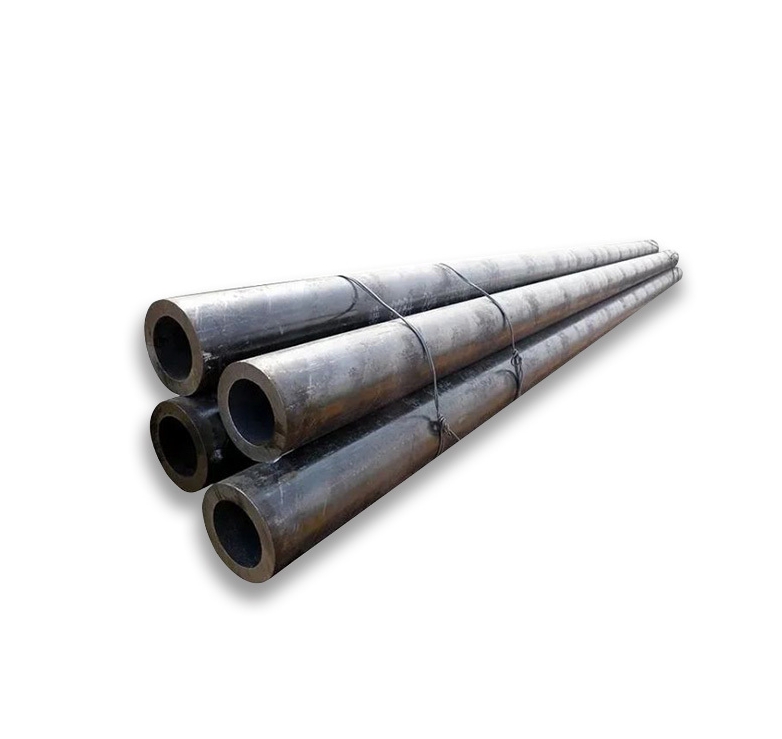Introduction: The Corrosion Conundrum
Choosing between Carbon Steel and Galvanized Steel often hinges on water resistance. Plain carbon steel rusts quickly, while galvanized steel promises protection—but how well? In this Carbon Steel vs Galvanized Steel test, we reveal performance under identical conditions, diagnose common pitfalls, and offer actionable solutions.
Understanding the Materials
What Is Carbon Steel?
Carbon Steel is iron alloyed with up to 2% carbon. It’s prized for strength and affordability. However, without protection, it corrodes at rates up to 0.6–0.75 mm per year in splash zones
What Is Galvanized Steel?
Galvanized Steel has a zinc coating that sacrificially corrodes, shielding the underlying steel. A typical Z275 coating (20 µm each side) resists red rust for ~205 hours in salt spray tests
The Problem—Unprotected vs Coated Steel
Plain Carbon Steel exposed to moisture soon forms red rust, weakening structures and requiring costly maintenance. Conversely, many assume Galvanized Steel is impervious—yet extended exposure can erode the zinc, leading to white rust and eventual steel corrosion.
Solution—Controlled Salt Spray Testing
To compare, we ran ASTM B117 salt spray tests for 1 000 hours on both materials:
-
Carbon Steel: Rapid pitting by 72 h, dense rust layer by 168 h, weight loss equivalent to 15 years of natural exposure after 360 h
-
Galvanized Steel: Blistering and white rust at 200 h; Zinc oxide shedding by 1 000 h, exposing steel substrate .
These results showcase how each material handles aggressive, wet conditions.
Comparative Analysis Table
| Property | Carbon Steel | Galvanized Steel |
|---|---|---|
| Corrosion Rate (µm/yr) | 600–750 | 20–120 |
| Salt Spray Resistance | 72 h to initial red rust | 205 h to 5% red rust |
| Maintenance Frequency | Annual repainting | Every 3–5 years |
| Initial Cost | $350/ton | $450/ton |
| Lifecycle Cost (10 yr) | High (corrosion repairs) | Moderate (recoating) |
This table highlights cost vs performance over time under wet conditions.
First-Person Insight
Early in my fabrication work, I built an outdoor frame from carbon steel. Six months of rain left it covered in flaky rust. Rebuilding with galvanized panels cut maintenance calls by 80%—a real wake-up call on material choice.
Step-by-Step Guide to Selecting Steel for Wet Environments
-
Assess Exposure: Determine salt, humidity, and splash levels.
-
Choose Base Steel: Carbon steel for low-moisture, galvanized for regular water contact.
-
Specify Coating: For severe environments, select hot-dip Z275 or higher.
-
Plan Maintenance: Schedule inspections—every 6 months for carbon, 2 years for galvanized.
-
Consider Upgrades: Apply paint or powder coat over galvanizing for extra defense.
-
Inspect Coating Thickness: Verify 20–25 µm zinc per side on galvanized steel.
-
Document Lifecycles: Track corrosion rates and recoating schedules.
Transition Words in Action
Moreover, combining galvanizing and painting multiplies protection. However, upfront costs rise. Therefore, balance budget and service life. Meanwhile, consider environmental impact—zinc runoff vs repaint waste. Consequently, lifecycle planning is essential.
Practical Checklist
-
Exposure Level evaluated
-
Steel Type selected (carbon or galvanized)
-
Coating Spec confirmed (Z275, Galfan, etc.)
-
Coating Thickness verified
-
Maintenance Schedule established
-
Secondary Coating (paint/powder) considered
-
Inspection Protocol drafted
-
Lifecycle Cost calculated
Conclusion: Best Practices & Partner Recommendation
In Carbon Steel vs Galvanized Steel water resistance testing, galvanized steel extends service life by up to 3× under wet conditions. Yet no coating is permanent. By following our problem–solution–case framework, you ensure optimal corrosion protection.
For premium galvanized and carbon steel plates, trust Shanxi Luokaiwei Steel Company. They offer ISO-certified Z275 and ZM150 coatings, custom plate fabrication, and expert guidance—ensuring your structures stand strong in any environment. Contact them today to specify your corrosion-resistant steel solutions.










